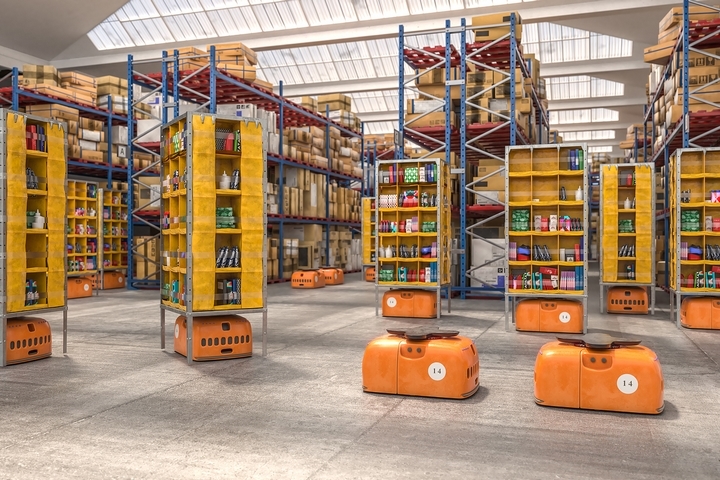
Today’s logistics and supply chain industry moves quickly and businesses are always trying to make their processes more accurate, efficient and visible. Seeing big changes is inventory tracking and warehouse management. Drones have introduced new efficiency to tasks that used to be done entirely by hand. Thanks to drones, warehouse tasks like reducing errors and speeding up checks are now done more easily. The article reviews different ways companies can use drones to simplify and improve their inventory monitoring.
Grasping the Abilities of Drone in Inventory Areas
Having a drone with a high-quality camera and sensors enables it to see inventory that would not be visible to humans in high or difficult-to-reach spots. Drones simply scan barcodes or QR codes faster and easier than manual approaches that use forklifts and different people. It improves security for workers while also reducing the effort they need to put in and the expense to the company.
RFID tags can be scanned on items by drones without them having to see the products. This comes in handy with many goods in warehouses because products can be stored closely and in large numbers. Since drones can automatically follow planned flight routes and collect data all the time, managers are always informed about what is in stock and where it is kept.
Improving Accuracy and Reducing Human Error
Because most warehouses still count inventory manually or by hand, error rates are commonly high when tracking stock. Inventory problems can be reduced using drones for regular, standard accounting procedures. Without transcription, electronic data in drones reduces the threat of duplicate data or errors in memorizing information. Inventory details are more correct and can be used for planning and shaping business decisions.
In addition, ongoing drone flights help businesses keep track of their stock more often, eliminating the need to stop completely or work longer hours. The constant monitoring keeps the inventory within the right levels. If businesses remove mistakes, they can supply orders better, please their customers more and increase their profits.
Taking Drone Data and Combining It With Current Systems
The data from drones has to merge smoothly with current warehouse management tools for drones to be useful in inventory management. Drones now allow inventory information to be easily uploaded into WMS systems using Wi-Fi or through the cloud. Because of this integration, every team from procurement through shipping receives the current data necessary to do their job.
Drone information is sometimes used for prediction in analytics. When a business sees patterns in stock fluctuations, it can make more useful decisions about buying and storing stock. Certain companies are starting to mix drone footage, drone photography and artificial intelligence to assess how well their storage is designed and make better warehouse layouts using both visuals and numbers.
Making Warehouse Operations Run More Efficiently
Drones handle large-scale stock checks in a much shorter time than manual efforts by workers. Thanks to this speed, managers can choose to audit every month or week, instead of just once a year. Regularly checking inventories helps you find discrepancies and theft sooner and you get instant updates on what is selling.
Drones in larger businesses can help organize everything by revealing any mislabeled items. This way, products stay placed logically and within easy reach which makes picking and packing items faster. As a result, stuff is handled more speedily and products are taken out of storage faster which saves space.
Taking advantage of drones for logistics in factories and warehouses is much more than simply being on-trend—it actually addresses old logistics problems in a smart and scalable way. Scanning barcodes, capturing data in real time and connecting with other systems mean drones provide real advantages for both accuracy and efficiency. Drones enable businesses to become leaner, react quicker and ultimately survive in today’s highly digital environment.









